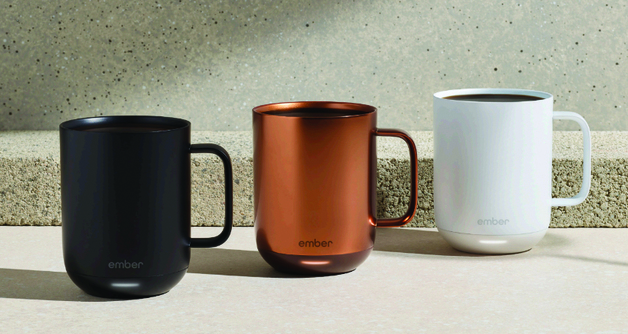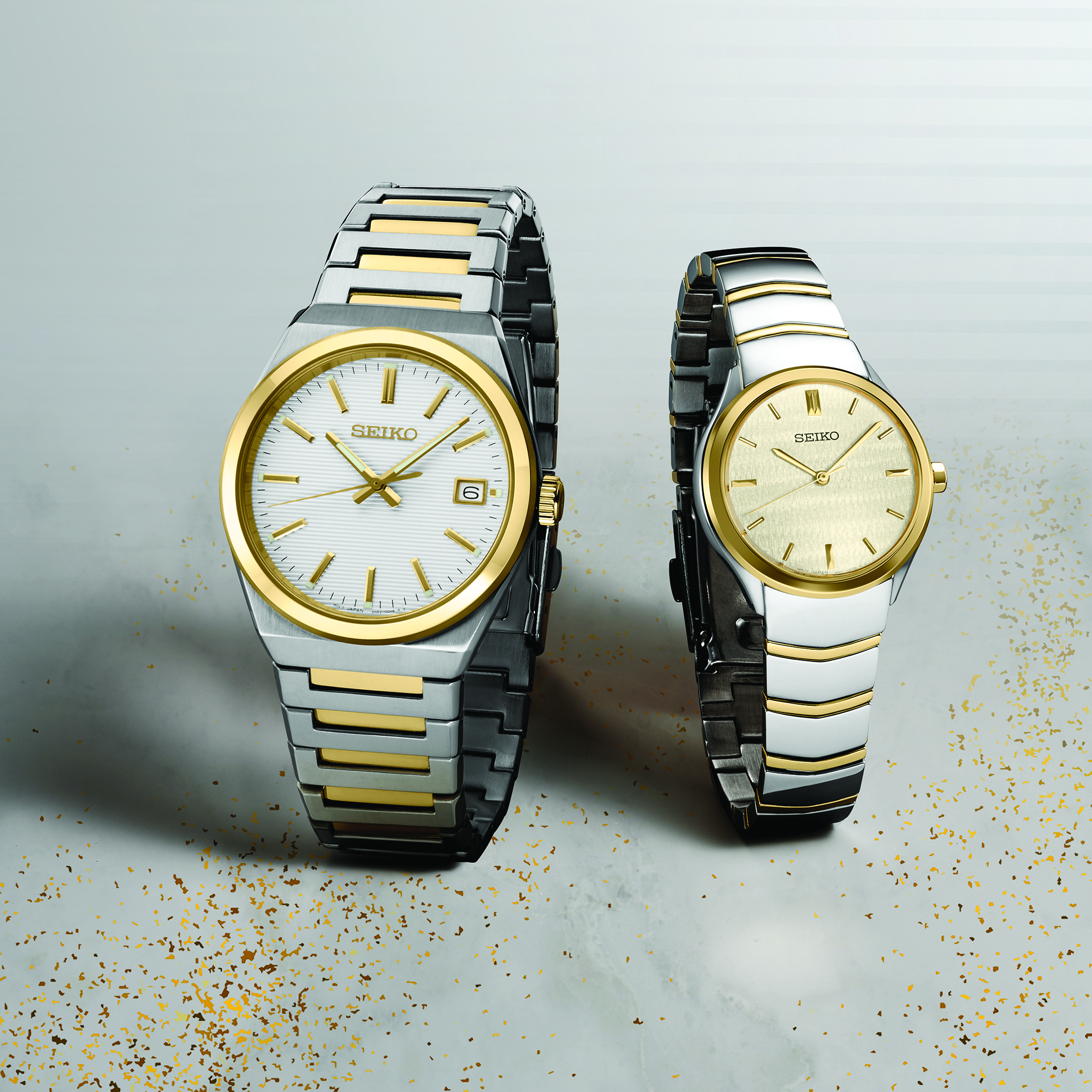The point of a promotional product is to raise brand awareness, and, ideally, make the end-user perceive the brand in a more positive light than they did before. Put simply: A promotional item should make your brand stand out. One way to stand out is to use products that come from a premium brand: Think a consumer brand or name brand whose logo lives alongside your customer’s to add a bit of prestige or recognition.
“Having access to the premium lines really brought up the industry in a lot of ways,” says Mark Abels, CEO of Selco, Tulsa, OK. “… Having the premium brands [and] the distributor’s ability to talk about the premium brands brought their reputation up.” And that’s only grown in recent years, says Colin Wheatly, sales operations manager at Ember Technologies, Westlake Village, CA.
“What we’ve seen is, especially over the last two to three years, a big shift in what people are utilizing for those promotional gifts,” Wheatly says. “Previously, it was a lot of T-shirts, pens, cups, things like that. And more often than not, once something is branded with another company’s logo, it’s going to be less likely to be used because people don’t like to feel like an advertisement a lot of times. And so we’ve seen a big shift in that — if the product is a premium product, if it’s something like AirPods or a JBL speaker or our products, people are much more likely to use them and keep those things for years.”
As such, it’s important to understand the best ways to use premium brands for promotional items.
Thinking About the Goal
When it comes to deciding whether to use a premium branded item versus an industry supplier as the base of a promo product, there are a number of factors to consider. Of course, one of the things to think about is the intended purpose of the product. In some instances, it may be prudent to use a non-premium brand. Brenner provides the example of a pharmaceutical company.

“They’re wanting to self-promote internally or to doctors and all that, and it makes sense for them to put their logo all over anything and everything for self-promotion,” he says. “… If that pharmaceutical company is trying to sell a specific piece of surgical machinery or certain new drug that’s been introduced, if [doctors] constantly see ‘XYZ Pharma,’ then that probably will be who they go to.”
In the same vein, another reason you might go with a non-premium item is if you’re creating the promo item for a lot of people, Wheatly says.
“If it is a larger event, you have hundreds to thousands of recipients for the product, it can definitely be cost prohibitive to go with something name-brand, one of those premium items,” he says. “So, I would say for those opportunities, it’s definitely going to be better for the clients and the end-users to have something that’s not quite as expensive. It’s not going to be a long-term use item. I would say for those opportunities, a premium incentive like Ember wouldn’t necessarily make sense.”
Thinking About the User
Another key consideration for using a premium brand is the end-user. For Wheatly, using a premium brand for promo purposes will exponentially increase the likelihood of the recipient keeping the gift.
“Those end-customers really do want something that they’re going to use, that they see as a value-add, versus another cheap tchotchke item that is going to end up in the trash,” he says.
However, Brenner adds a caveat to this situation, saying that sometimes a non-premium item can be useful.

“If the company that’s wanting to self-brand, self-promote themselves within their own employee community, then that has great value to those employees,” says Brenner, who is also executive vice president of the board of directors for the Incentive Marketing Association. “But at the same time, within that same organization, if they’re doing a years-of-service-type program — five, 10, 15, 20 — or recognizing top sales achievement, typically a premium brand has more value, or what we call ‘trophy value,’ to the recipient. So they both have their own place depending on what the need is.”
Abels says the deciding factor truly lies with who your end-user is. For instance, he recalls a college football bowl game where a buyer — whose brand was associated with stores located in major cities — wanted a brand name.
“And my attitude about it was, these players from Nebraska aren’t going to see that as a brand,” Abels says. “It’s not going to mean anything to them. They’ve never heard of it. So, a lot of times you have to think about, ‘What does that brand mean to the people who it’s going to? Does it really resonate? Does it really mean anything? And if it doesn’t — just because you know it — is it going to get the impact and is it worth paying for?”
Other Considerations
Something that also requires attention when using premium promo products is what actually goes into creating that item. That is especially true for companies like Selco, whose “main purpose in life is to decorate watches one way or another,” Abels says. “I think it comes down to the cost,” he says. “When we’re handling it, obviously we want to take more care; there’s higher expectations with premium.”
Wheatly says that it’s become increasingly more common to go right for a premium brand when creating a promotional item, despite added costs. Customers often expect them, even with a higher price point.
“We’ve seen it a lot where — even at our most recent [trade] show — we’ve had people laugh or scoff in our faces about prices because it is a premium item,” Wheatly says. “And they say, ‘Hey, I would never put this in front of my customer because it’s so expensive.’ They don’t necessarily think there’s the demand for it. But then they’ll come back to us in several months because their customer has asked for our brand specifically.”
Tips for Using Premium Brands
If you’re looking to work with premium brands, there are some guidelines that can help you along the way. No. 1 on that list is developing relationships with those brands. “For any distributors, any suppliers, start to look at those options and say, ‘This is where the trend is going,’” Wheatly says. “Let’s make those connections and relationships with those companies so that when our customers do ask for it, we know where to go, we know who carries it, or we have that relationship directly with the company.”
The Bottom Line
Using premium brands to create promotional items in some capacity seems like a no-brainer, especially for things like gifts for work anniversaries or employee recognition. But using premium has extended beyond that, with trends indicating that consumers want premium.
That said, there’s a lot of opportunity for using premium brands within promo, but you have to put the thought and effort in to make it a success.


